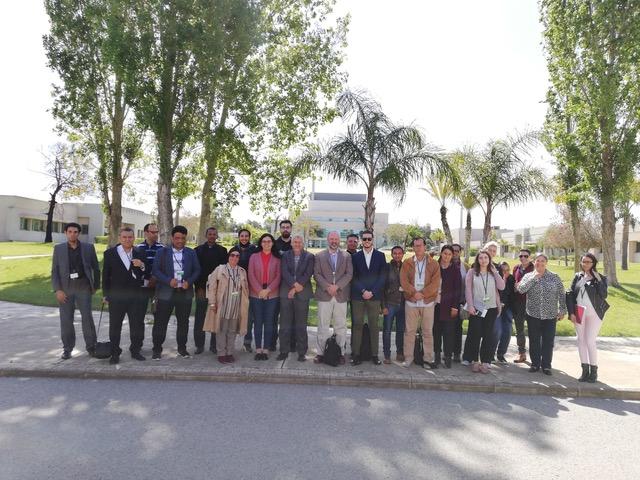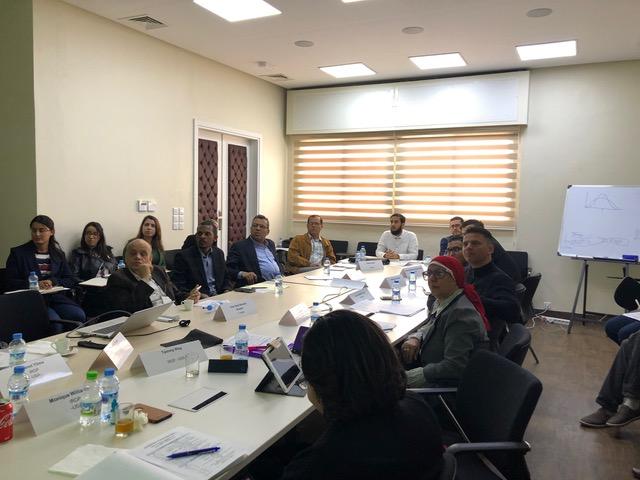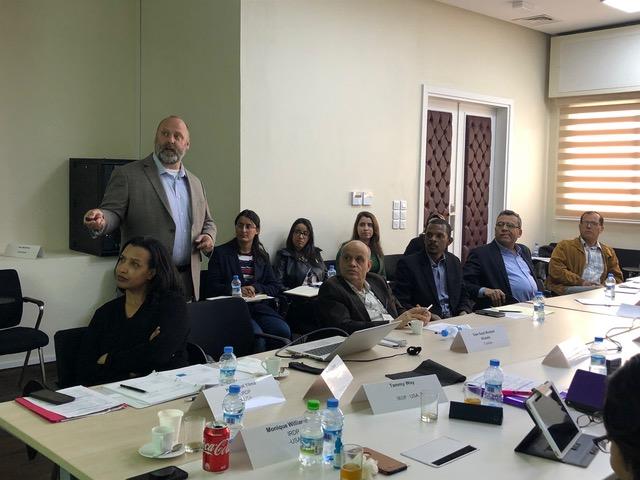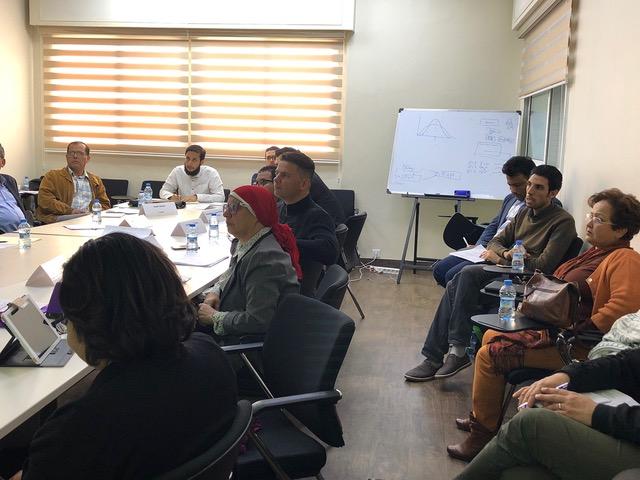



Rabat, Morocco
From April 23 - 26, 2019, the United States (US) Nuclear Regulatory Commission’s (NRC) International Regulatory Development Partnership (IRDP) conducted a workshop on “Research and Test Reactor Siting and Emergency Preparedness” in Rabat, Morocco. The workshop was hosted by the Moroccan Agency for Nuclear and Radiological Safety and Security (AMSSNuR), in collaboration with the Arab Network of Nuclear Regulators (ANNuR). The audience included nuclear regulators and research reactor staff representing Egypt, Jordan, Morocco, Saudi Arabia, Sudan, Tunisia, and Yemen; whose responsibilities encompasses various aspects of research reactor oversight related to environmental monitoring, nuclear safety, safeguards, radiation protection and license review.
IRDP instructor, Dr. Steven Reese, provided step-by-step instruction on NRC’s approach to siting a typical Research and Test (RTR) reactor. In addition, participants were provided instruction on Emergency Preparedness (EP); specifically, the regulations and expectations for EP for U.S. RTRs, including EP drills. Dr. Reese also provided a discussion on the similarities and differences between the NRC and the International Atomic Energy Agency (IAEA) approach to RTR siting and EP. In addition, a representative from Autorite De Surete Nucleaire (ASN), presented on the French regulatory process for siting nuclear facilities.
Throughout the week, participants focused their attention on NUREG-1537, Guidance for Preparing and Reviewing Applications for the Licensing of Non-Power Reactors, Chapter 2, Siting Characteristics. Chapter 2 provides the required information needed to describe the proposed and/or existing site for a RTR. The information gathered forms the basis for determining the design criteria, and the aspects of routine and accident radiological emissions analysis that is required to be included in the license application to construct a RTR. Participants also learned about the NRC’s regulatory guidance and standards related to EP at RTR’s. Dr. Reese walked through the requirements of an EP Plan, including a review of a EP Plan that was implemented at a formerly licensed university RTR in the U.S. The EP discussion was further enhanced by an extended discussion on the conduct and expectation of drills and exercises and the complexity of coordinating with off-site agencies. This was complimented by a presentation provided by AMSSNuR, which discussed efforts to create a national radiological emergency plan for Morocco.
As a way of incorporating concepts learned during the week, participants were afforded an opportunity to tour the Moroccan 2 MWth TRIGA® Reactor located at the Centre National de l’Energies des Sciences et des Techniques Nucleaires (CNSTEN). The CNSTEN management staff provided an overview of TRIGA® Mark II RR, and the licensing process and safety aspects related to its siting.
The participants were highly engaged throughout the week and continued to enthusiastically contribute to the discussion with questions relevant to their job responsibilities and country-specific regulatory processes. Overall, the IRDP team and participants found the workshop to be extremely informative and the discussions to be valuable and insightful.
